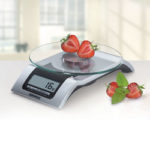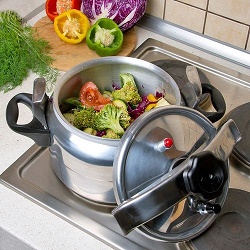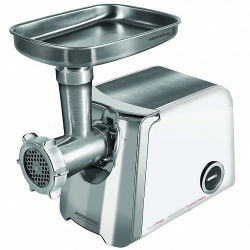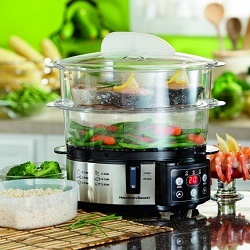Selection of hand weights
In order to choose the right hand scales, it is necessary to figure out which options are on the market, what advantages and disadvantages this or that model has and what is the principle of their work. Kitchen manual scales are of two types: mechanical and electronic. Consider each model in detail.
Mechanical
Scales with a hook - an indispensable tool in the household. It is a practical and convenient tool for weighing products. It does not take up much space and is easy to use. With it, you can weigh as piece products: potatoes, carrots or cabbage, and bulk: sugar, cereals, flour.
The principle of their work is quite simple. Inside the case there is a rigid spring with an arrow attached to it and a metal hook. On this very hook and hangs the load, under the mass of which the spring begins to unclench, and the arrow rises up the scale of divisions.
Mechanical scales are of two types:
Linear balance. This product weighing instrument is a small rectangle with a measurement scale. Standardly such a device can weigh products weighing up to 10 kilograms. The length of one division is 100 grams. This device is preferred by those who do not need high measurement accuracy. Thanks to the portability of the device, it is convenient to take it with you.

Round bezmen.This model looks like a small portable mirror with a scale of division instead of a reflective surface. Mechanical scales of this type can be designed for both small and large weight.
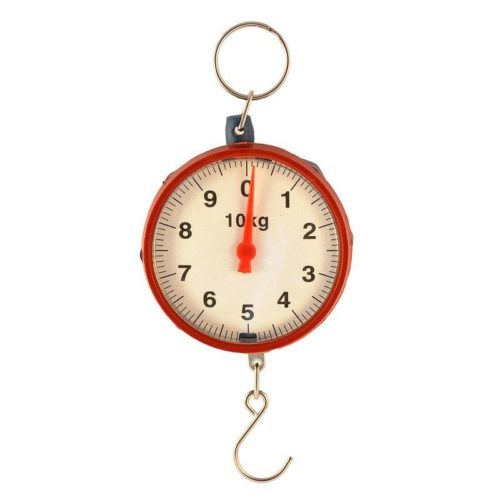
For those whose kitchen has “lived” for a long time, this measuring device has no questions. But for those who are thinking about buying a mechanical balance, it is worth weighing the pros and cons.
pros mechanical hand weights:
- Small size.
- The convenience of use.
- The simplicity of the mechanism.
Disadvantages These models can be considered:
- Inaccuracy of weighing.
- Difficult work with products whose weight is less than 500 grams.
Electronic
Manual electronic scales with a hook are devices of new generation. Externally, the units resemble old mechanical models,but in their functionality they are not inferior to stationary kitchen scales. For the operation of this tool, a battery is required, usually a thumb. The measurement method is different. Unlike the scale of division as on mechanical models, in the electronic balance it is used clock face.
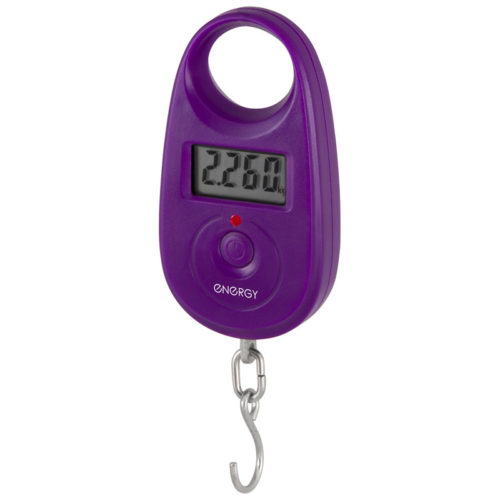
When working with this device is extremely important to keep it. You should not take it by the body, if the design provides a device for holding. This will affect the measurement accuracy.
Undoubtedly, this is a more modern and convenient model. TO advantages electronic exchange rates include:
- Compactness.
- Simplicity.
- High measurement accuracy.
- The presence of the backlight function.
- Ability to select the unit of measurement.
- There is a memory function that allows you to weigh without taking into account the tare weight.
As for the shortcomings of this device, they are essentially absent. Of course, the price of an electronic device is somewhat higher than the mechanical one, but taking into account all the functionality, it is very democratic.
Conclusion
When choosing a manual exchange, you should clearly understand for what purposes it will be used. If the measurement accuracy is not important to you and you don’t need the memory function, feel free to choose a mechanical option.Well, for lovers of comfort in the market of measuring devices, electronic balance is the best solution to the question of choosing weights.

/rating_off.png)






